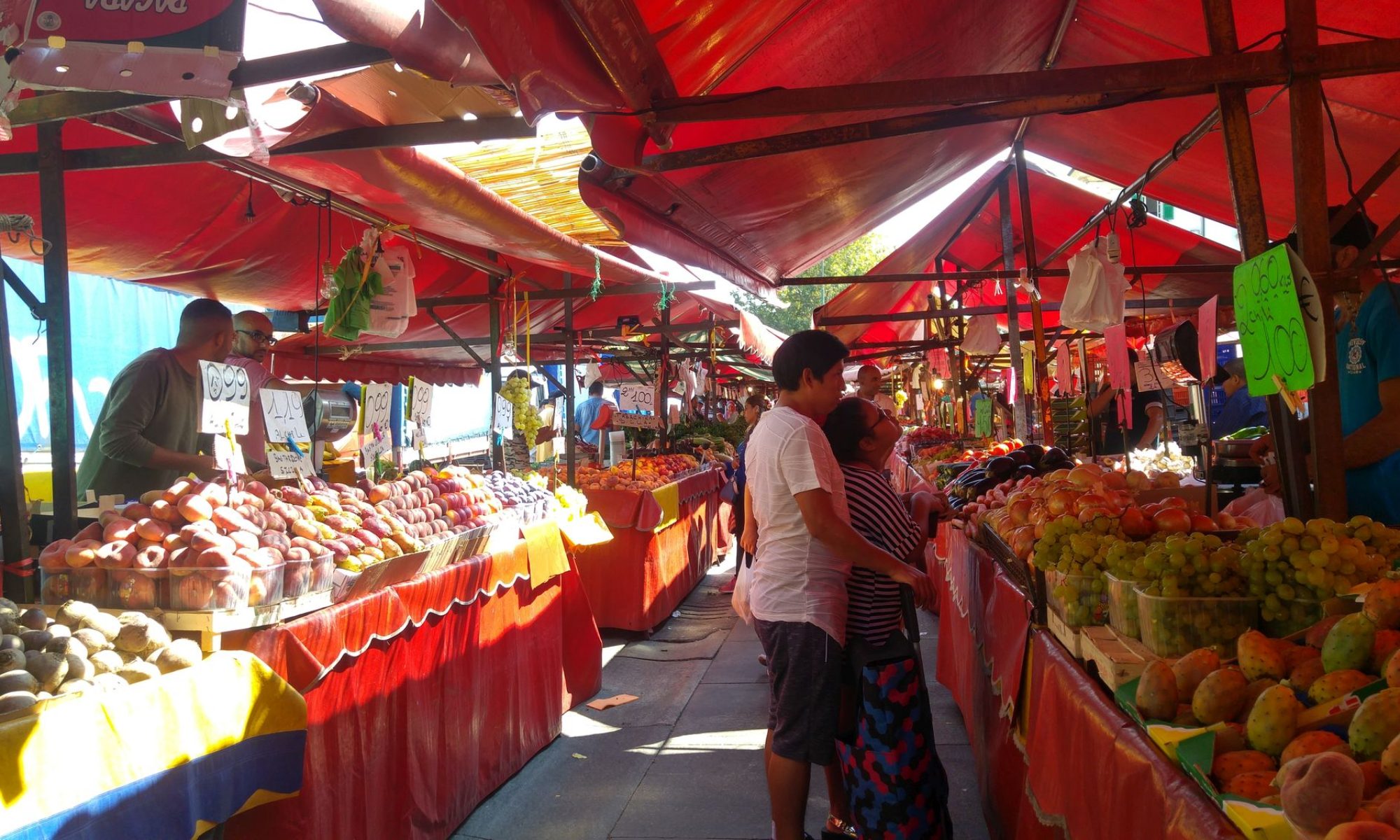Thursday, 17 September, 2020
Every year I go for a check up at the Sleep Clinic at St Bartholomew’s Hospital in East Central London. This year my annual check up was by phone but, on that call, they told me that they wanted me to come in and have a face-to-face appointment with a therapist to get a new machine and mask. In fact, I was welcome to send a representative but that would mean not choosing a mask myself. I decided to go in person.
I have to say that I was a little nervous about going – it was the farthest I’d travelled in months, and it was to a hospital. However, I thought I could make the best of it by taking photographs in the area. My wish list was Smithfield Market, which is under development for the Museum of London, the hospital itself, and a quick visit to Three Uncles Cantonese barbecue take out, on my way to the train. Krish thought he might come and wanted to see Charterhouse Square. I wasn’t sure he’d be coming until I was almost ready to leave on Thursday late morning. Yes, he was!

There are several ways to reach Barts, which is what most people call St Bartholomew’s Hospital, but we opted to take the bus which usually goes all the way to the door or to Barbican tube station, which is at the east end of the large area that Barts and Smithfield covers. Our bus was going only as far as St Pauls so Barbican it was.
It would be tough to find another area of London with more and varied important history. Another bout of research reveals so many dates and occasions, my head swims, but I tried really hard to stick to my route and focus! To be honest, all the buildings, plaques, and monuments were going to be more than enough to keep the anxiety at a reasonable level.





Two estates are dominant at Barbican – Barbican estate itself and the 1950s Golden Lane Estate. Golden Lane Estate comes first. (This from my brother: ‘The first building to be completed was Bowater House, off Fann Street, named for a Lord Mayor of London whose descendants we are related to.’) The most obvious building on the estate is Crescent House, which has a Tudor look so is very distinctive. The estate was built to house those who were bombed out during WWII. Crescent House was the last to be built. By then the huge Barbican scheme was already underway.
The Barbican estate deserves a blog of its own but I have no idea when that day will come. It’s a very complex site over a very large area. Barbican covers the area that was once the main Roman Fort of London (120 AD) – barbican , from Barbecana, which means a fortified outpost or gateway. It has 2,000 flats, maisonettes, and houses on what was a bombsite after WWII. While Golden Lane estate is a City-owned council estate, Barbican is an upmarket development, designed and built for affluent City professionals and their families, charging market value rents.

If you go to Barbican estate, you’d be impressed at its size (15ha) and variety of use. It contains the Barbican Centre (an arts, drama and business venue), the Barbican public library, the City of London School for Girls, the Museum of London, and the Guildhall School of Music and Drama. There are gardens, cafes, even arenas in there. What you’d also notice is the walkways, called ‘highwalks’ one to three stories above ground level. This separates the estate from the car parks and roads below. You can get lost walking about the highwalks – very entertaining. I wasn’t even going to try going in – it demands a lot of time!
Leaving the Barbican towers behind, cross the road and you’ll find Long Lane, which leads into the medieval area of Bartholomews. I love wandering around here, although today not everything is open. I could take a hundred photos here but today it’s just a handful.











And it’s on to Smithfield Market.
Continue reading “A pandemic visit to Barts”
